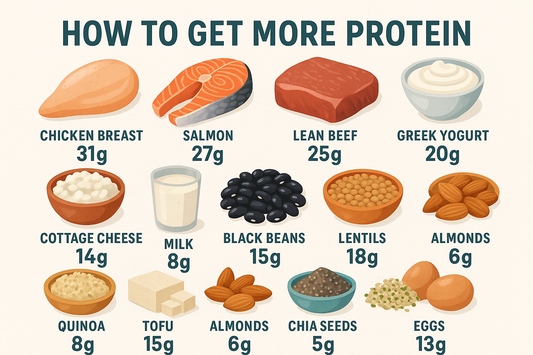Speed Training – Plyometrics

Plyometrics are an excellent supplement to help increase your speed, strength and
power. They can improve your power levels with added help in body control, this is because the training is made and produced through shifting your body weight. Have you ever completed bounding exercises before ? These exercises like box jumps, medicine ball throws explosive push ups.
The main question is how do you know whether athletes are actually benefiting from these
activities?
Or are they putting themselves at risk for injury?
Athletes always want to do the most advanced, most technical movements when training, but often technical training isn’t always the answer for the goals they want to achieve. Professional athletes focus on the basics first before moving onto the advanced. A great trainer will understand and work on forming the ground movements to perfection before moving onto the technical advanced movements.
Advanced training exercises require power and coordination in every reputation, there needs to be an important progression within the structure speed plyometric training . It may not be glorious and exciting when you first start, but in the long term learning to evolve from basic to complex movements will always reap the greatest rewards.
If we do the exercises before warming up we’re putting our body at risk for unavoidable injury.
The first questions you should ask are
What progression should be followed?
What starting exercises ?
How many do you do?
How much rest between sets and reps ?
How often?
How do you make sure that the exercises correctly ?
The making if plyometric progressions is solved by breaking down the movement into sections. First start with the smaller muscle group movement strengthening. Then move onto completing small plyometric exercises on the small muscle groups.
For example, if you want to jump higher first you have to work with strengthening the ankle joint before completing the plyometric exercises. You can do this with body weight exercises like heal raises from the floor. Then next we use a step to increase the range of motion. After this it’s important to work on the first movement made from the heal pushing forward through to the toes, we would start using small plyometric exercises on this area. Then we would aim to work on the full movement from the ankle with strengthening stabilization work all the way through the action followed with high intensity plyometrics that produces peak power.











